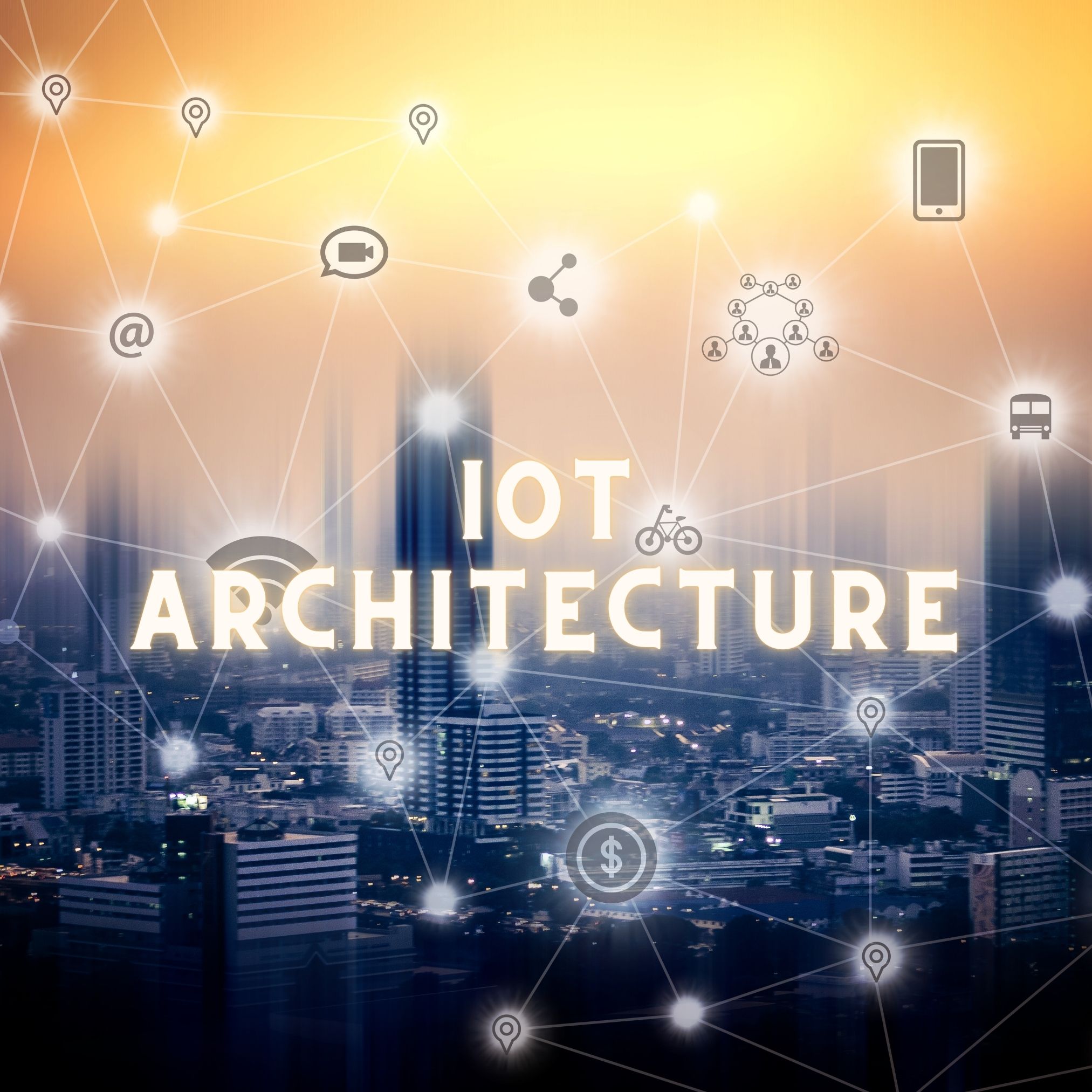In today’s digital age, the Internet of Things (IoT) has become integral to businesses across industries. IoT transforms how we interact with technology, from smart homes to industrial automation. But with so many IoT architecture options available in the market, choosing the right one for your business needs can be overwhelming. In this blog post, we’ll explore different types of IoT architectures and provide insights on selecting the best one that aligns with your organization’s goals and objectives. So let’s dive in!
What is IOT Architecture?
The term “IoT architecture” refers to the underlying structure of an IoT system. This technology includes an IoT solution’s hardware, software, networking, and data storage component.
An IoT architecture must be designed to support the specific needs of an IoT application. For example, a consumer-facing IoT system will have different requirements than an industrial one. The type of data being collected and processed will also dictate the specific requirements of an IoT architecture.
When choosing an IoT architecture, businesses must consider several factors: cost, scalability, security, and compatibility with existing systems. The best way to determine which IoT architecture is right for a business is to consult an experienced IoT solutions provider.
Types of IOT Architectures
Three types of IoT architectures are Centralized, Decentralized, and Hybrid.
A centralized architecture is when all data is sent to a central server, which is then processed and stored. A decentralized architecture is when data is distributed among devices, each processing and storing data locally. A hybrid architecture combines the two, where some data is processed and stored centrally while others are processed and stored locally.
The type of IoT architecture you choose will depend on your business needs. A decentralized or hybrid architecture would be best if you need real-time data processing. A centralized architecture would be best if you need to store a large amount of data.
If you’re unsure which type of IoT architecture would best suit your business needs, contact us, and we can help you figure it out!
Benefits of Implementing an IOT Architecture
There are many benefits of implementing an IoT architecture for your business needs. Perhaps the most obvious benefit is the ability to connect and collect data from devices that would otherwise be difficult or impossible to monitor. This data can be used to improve efficiency, track trends, and make better decisions.
Additionally, IOT architectures can help you save money. By reducing the need for manual labor, you can reduce your operating costs. In some cases, IOT systems can even pay for themselves through the increased efficiency they provide.
IoT architectures also have the potential to improve customer satisfaction by providing real-time feedback and alerts. This information can help you address problems before they become serious or even prevent them altogether.
Finally, IOT architectures provide many opportunities for businesses to create new products and services. By collecting data and understanding how it can be used, you can develop innovative solutions that meet your customers’ needs in previously impossible ways.
Choosing the Right IOT Architecture for Your Needs
IoT architectures vary depending on the use case. The most common types of IoT architectures are:
1. Centralized:
A single server collects and stores all data from devices.
2. Decentralized:
Data is collected and stored locally on each device.
3. Distributed:
Data is collected and stored on a network of devices.
Businesses should consider their specific needs and requirements when choosing an IoT architecture. For example, centralized architectures are often used for applications that require real-time data analysis, while decentralized architectures are well suited for applications that need to work offline or in remote areas.
Examples of Different IOT Architectures
There are a few different types of IoT architectures. Here are a few examples:
1. Hub and Spoke:
The hub and spoke architecture is the most common type of IoT architecture. In this type of architecture, a central hub collects data from all the devices or sensors in the network. The data is then processed and stored in the cloud. The advantage of this type of architecture is that it is very scalable and can be used for large networks.
2. Peer-to-Peer:
In a peer-to-peer IoT architecture, each device or sensor is connected to the other direction. This type of architecture is often used for smaller networks or specific applications where data needs to be processed quickly. The disadvantage of this type of architecture is that it can be less reliable since each device relies on the others to function properly.
3. Fog Computing:
Fog computing is a newer type of IoT architecture that uses edge computing to process data closer to where it is being collected. This technology can help reduce latency and improve security since data does not need to be sent to the cloud for processing. The disadvantage of fog computing is that it can be more expensive than other types since you need to have more powerful hardware at the edge to process data quickly.
The Future of IOT Architectures
The future of IoT architectures is shrouded in potential but fraught with uncertainty. But while the future may be impossible to predict with complete accuracy, certain trends and technologies will likely shape the development of IoT architectures in the coming years.
One such trend is the rise of edge computing. Edge computing refers to processing data close to where it is being generated rather than sending it all back to a central location for processing. It has several advantages, including reducing latency and increasing security. As more and more devices are connected to the internet, the need for efficient edge computing solutions will only grow.
Another important trend is the increasing popularity of open-source software. Open-source software is free to use and modify, making it ideal for IoT developers who want to experiment and innovate without incurring high costs. Linux is one of the most popular open-source operating systems and is already being used in various IoT devices. As open-source software becomes more widely adopted, it will likely have a major impact on developing IoT architectures.
Finally, 5G technology is likely to play a significant role in the future of IoT architectures. 5G is much faster than previous generations of mobile networks, and it has the potential to support huge numbers of devices with low latency. This technology makes it ideal for applications like autonomous vehicles and smart cities requiring real-time data processing. The 5G rollout is still in its early stages, but it is likely that it will become increasingly important for IoT architectures in the coming years.
Conclusion
A well-crafted IoT architecture is essential for a successful IoT implementation. With the right selection of components, from network connectivity solutions to data storage and analytics tools, businesses can create an optimized and secure infrastructure that meets their specific needs. By researching the available options and understanding what each component offers, companies are better positioned to develop an effective system that will help them stay at the forefront of innovation while maximizing their return on investment.
Visit our website to know more!
Follow us on LinkedIn:


